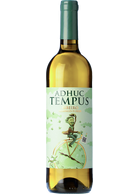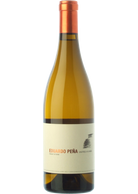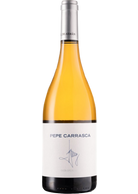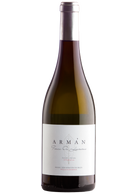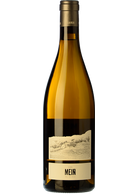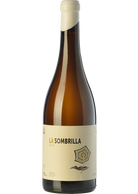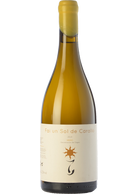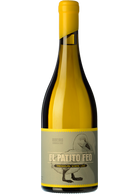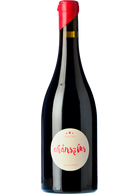Wine from Ribeiro
Ribeiro is that region of Galicia that once seemed to be everything and today is nothing. Ribeiro wine was historically compared to great wines such as Tuscan, but a succession of vicissitudes condemned it to ostracism.
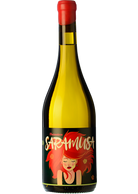
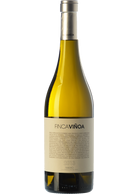
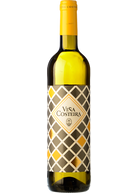
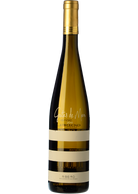
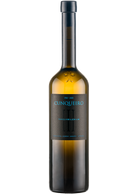
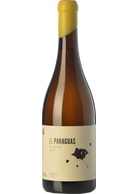
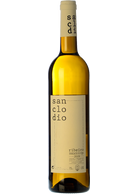
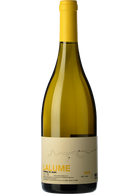
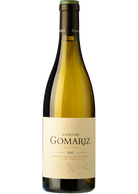




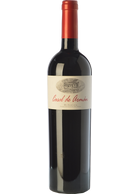
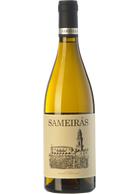
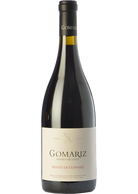
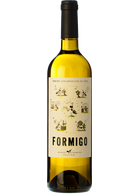
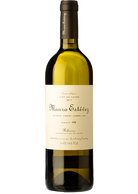
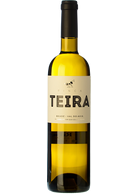
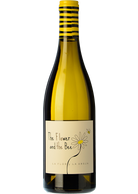


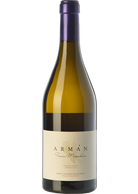
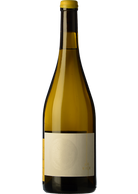

Ribeiro
Ribeiro is that region of Galicia that once seemed to be everything and today is nothing. Ribeiro wine was historically compared to great wines such as Tuscan, but a succession of vicissitudes condemned it to ostracism.
Nowadays, when one thinks of Galician wine, one is automatically transported to Rías Baixas, perhaps to Valdeorras or Ribeira Sacra, but rarely to Ribeiro. So what is happening there? Has the region stopped producing great wines? Nothing could be further from the truth: the best producers in the region struggle every day to produce Ribeiro as it used to be.
You only have to look up in front of almost any hill in Ribeiro to see the remains of the dry stone walls that once held the land on which the vineyards were cultivated in the undergrowth. Nowadays, some of these pieces of land are being reborn thanks to a titanic recovery work. Ribeiro has historically been a land of smallholdings, of small plots of land that were cultivated individually.
Thus, owning a large area of vineyards was not, and still is not, an easy task. The few who are in love with the region, and convinced of its potential to produce top quality wines again, have to fight against the bad press, against the difficulties of climate change and against an ideology that is not always sufficiently open to revolution.
Meanwhile, their desire to grow and continue learning seems inexhaustible; they are only a handful, true, but their energy should attract many others.
History
Historically, vineyards have been the main source of wealth in the region. It is known that wine was already being made in Ribeiro in the second half of the 2nd century BC.
Centuries later, the Germanic invasions marked a major setback in the in the region. Fortunately, in the High Middle Ages, vine cultivation in the Ribeiro made a strong comeback, becoming one of the main crops on the eve of the year 1000.
The monasteries were the main promoters of vineyards, encouraging them to be planted. Important aristocratic families also showed an interest in acquiring vineyards in the Ribeiro in the 11th century.
The region was little affected by the Muslim invasion, so it had a continuous progression in the cultivation of vineyards from Roman times to its maximum splendour in the 15th and 16th centuries, a period in which it was exported all over Europe. The region's wines also sailed on the ships that took the first settlers to America, and Ribeiro was one of the first wines to be tasted in the New World.
Throughout the 16th century and the first half of the 17th century, the Ribeiro enjoyed a flourishing trade, until plagues (powdery mildew, mildew and phylloxera) of American origin devastated the region during the 19th century.
It was then that it became necessary to graft the vines onto American rootstock, which led to the introduction of foreign varieties, which were more resistant and productive, to the detriment of the native varieties that had been cultivated in these lands for centuries. Fortunately, today's Ribeiro is returning to its origins with a strong commitment to local grapes and improving quality thanks to technological advances.
Geography
The Ribeiro Designation of Origin is located in Galicia, on the north-western edge of the province of Ourense and at the confluence of the valleys formed by the rivers Miño, Avia and Arnoia. It occupies the region of the same name, 45 km from the Atlantic Ocean, in a very particular area of excellent suitability for vine cultivation. It covers an area of approximately 2,500 hectares, spread over 13 municipalities.
Soil and climate
The soils of the Ribeiro are characterised by three main types of soil. Most of them are developed from granitic materials, with sandy-loam textures and to a lesser extent sandy-loam. We also find soils from metamorphic schist materials, and those developed from sedimentary materials with looser textures.
Characteristic of the Ribeiro is the sábrego, decomposed granite, which is very abundant in the area. The average effective depth of the cultivated soils is between 70 and 100 cm. Their high sand content, especially in the superficial horizon, contrasts with the low clay content, below 20 %. The soils are normally acidic, poor in organic matter and tend to have a low calcium content.
Much of the soil cultivation is terraced in order to reduce the slopes and facilitate tillage, taking advantage of the slopes and sunshine. Other characteristics that mark the territory of the DO Ribeiro are the smallholdings, the complex orography and the use of traditional techniques in the vineyard.
In terms of climate, the Ribeiro DO is located in a transitional area of Galicia, with a Mediterranean character softened by the Atlantic influence due to the short distance from the ocean. In fact, this distance should mean a more Atlantic character of the environment, but the orography of mountain ranges that limits the appellation to the west and north, exerts an important protective effect, thus generating a viticulture where the alcoholic maturation develops parallel to the phenolic maturation, preserving a balanced freshness favoured by the natural acidity.
The slightly continental character, in conjunction with the prevailing air currents, causes a significant temperature difference between day and night, which favours slow ripening while respecting the aromatic component and the natural freshness, while limiting cultivation to approximately 450 metres above sea level.
Grapes
Traditionally, Ribeiro wines have been made from wise blends of indigenous varieties.
The white grape varieties of the Ribeiro are divided between preferential (treixadura [70%], torrontés [15%], godello, albariño, loureira, lado and caíño blanco) and authorised (palomino and albillo).
Among the red grape varieties we also have preferential varieties (caíño longo, caíño bravo, caíño tinto, ferrón, sousón [22%], mencía [37%] and brancellao), as well as other authorised varieties (garnacha tintorera and tempranillo).
Among all this wealth of grape varieties, treixadura, the queen white grape of the Ribeiro vineyards, deserves a special mention. Distinguished and harmonious, treixadura produces aromatic, fine and elegant wines, with hints of fruit, delicate floral notes and balsamic touches.
They are wines that easily reach 12-13.5 degrees alcohol, which is compensated by their good acidity, making them fresh, balanced, tasty and unctuous. Single varietals of Treixadura can be found in Ribeiro, although most wines also contain small percentages of other native varieties.
Wines
The wines of D.O. Ribeiro are divided into five categories:
- Ribeiro
- Ribeiro Castes
- Ribeiro Barrica
- Ribeiro Sparkling
- Ribeiro Toasted
Ninety percent of production is concentrated in white wines; red wines account for 9%, while Tostado and Sparkling wines barely reach 1%.
Ribeiro Castes, whites and reds, differ from the Ribeiro category in that they are made 100% from preferred varieties. They are of higher quality and are representative of the appellation.
The white wines are usually young wines with a high potential for ageing in the bottle. They stand out for their elegance and subtlety, the aromas of fruit, floral notes, honey, aromatic herbs and balsamic notes. They are balanced, fine and delicate on the palate. Ribeiro whites are gastronomic and versatile wines that evolve very well in the bottle, fresh, aromatic and with good persistence.
The personality of Ribeiro red wines, meanwhile, is marked by the indigenous grapes. They are intense, original and expressive wines characterised by aromas of red and black fruits, floral notes of violets, liquorice, spices and balsamic notes. They are red wines with good tannins, fleshy, structured and with a touch of acidity that enhances their freshness and balance.
Ribeiro Tostado is a naturally sweet wine with a long tradition in Ribeiro. It is a real oenological jewel of laborious, complex and very scarce production. It is made using only the must from a selection of the best native grapes that have been raisined under cover. It is an intense, complex and peculiar sweet wine with aromas of candied and dried fruits, honey, yellow flowers, quince jelly and candied orange peel. They are concentrated wines with a good balance between acidity and sweetness, unctuous, velvety and very persistent on the palate.
Ribeiro Espumoso are wines made with the preferred varieties using the traditional method, which were already produced in 1957 in the Ribeiro DO, but were not legally protected until 2017, in their brut and brut nature types, both rosé and white.

- c/ de Salgado Moscoso, 11 32400 Ribadavia
- +34 988 477 200
- info@ribeiro.es
- http://www.ribeiro.es/

